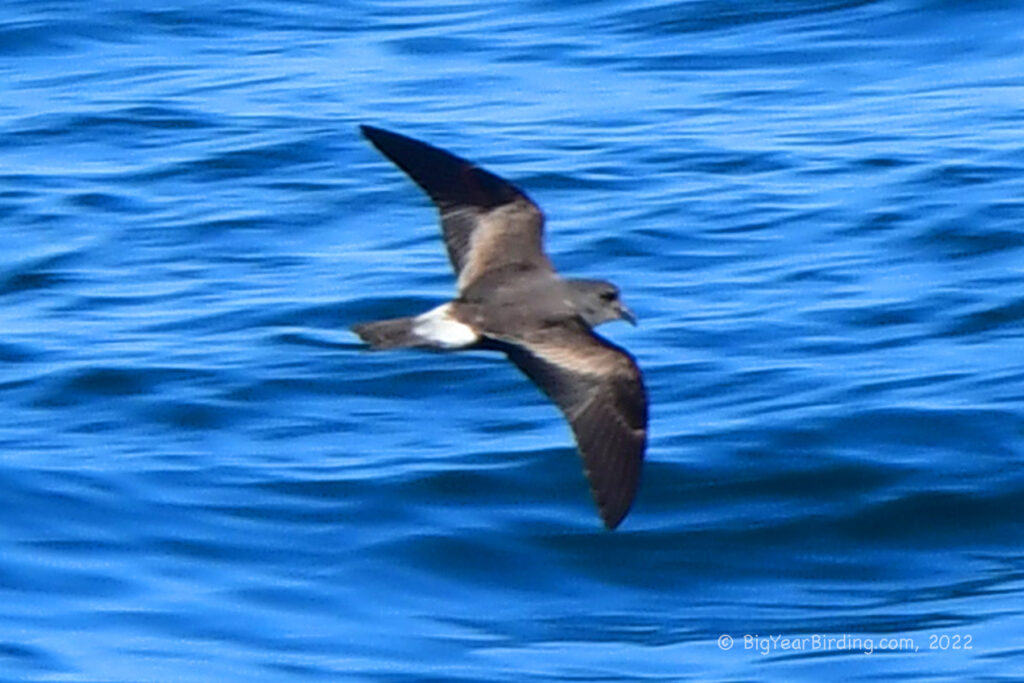
Leach’s Storm-petrel (Oceanodroma leucorhoa) is a seabird that belongs to the family Hydrobatidae. It is a small bird measuring 7.5-8.75 inches in length with a wingspan of 22-26 inches. It weighs around 1-1.5 ounces, making it one of the smallest seabirds in the North Atlantic.

One of the distinguishing field marks of the Leach’s Storm-petrel is its dark plumage with a white rump patch. The bird’s wings are long and pointed, giving it a distinct fork-tailed appearance. It also has a short, stout bill and small feet with webbed toes, making it well adapted to life at sea.
Leach’s Storm-petrel breeds in colonies on islands in the North Atlantic, from Newfoundland to the Gulf of Maine. During the breeding season, they can be found nesting in burrows or rock crevices, often in large colonies. After breeding, the birds migrate to the southern hemisphere, where they spend the winter months feeding in the warmer waters off the coast of South America.
During migration, Leach’s Storm-petrels can be seen in offshore waters along the eastern coast of North America, from Newfoundland to the Caribbean. They are often seen in flocks, feeding on small fish and plankton near the surface of the water. The birds are also known for their distinctive flight, which involves rapid wingbeats interspersed with glides over the water.

In addition to their unique physical characteristics and behavior, Leach’s Storm-petrels also play an important role in the marine ecosystem. As top predators in the food chain, they help to regulate the populations of smaller fish and plankton, contributing to the overall health and stability of the ocean environment.
